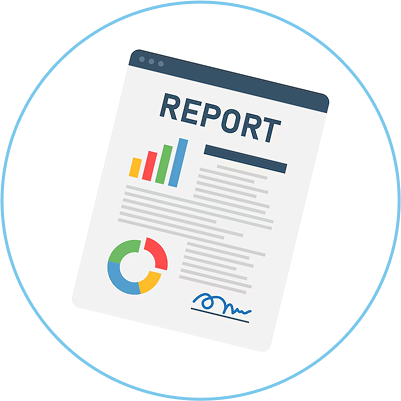Introduction
You’ve nailed your keywords and optimised your pages – but what about the way they connect? Internal linking is one of the most underrated SEO tactics, yet it plays a major role in how users and search engines navigate your site.
This blog covers why internal linking matters, how to do it right, and what mistakes to avoid if you want your site to rank smarter – not harder.
The Benefits of a Strong Internal Linking Structure
Internal links are exactly what they sound like – links between pages on the same website. While simple, they can have a big impact on both user experience and SEO. Here’s why they matter:
- Improved crawlability – Internal links help search engines find and index your pages more efficiently.
- Better user experience – They guide visitors to relevant content, keeping them engaged longer.
- Boosted page authority – Linking to key pages distributes link equity, helping important content rank higher.
- Reduced bounce rate – When users click through to more pages, it signals value to search engines.
In short, internal links help both Google and your audience understand the structure – and value – of your site.
Is Your Marketing Actually Working — or Just Keeping You Busy?
Are you wasting precious time and money on
ineffective marketing? Find out in 3 minutes.
TAKE THE QUIZ
Best Practices for Internal Linking
Not all internal links are created equal. Here’s how to make sure yours are doing the work:
- Use descriptive anchor text – Avoid “click here.” Instead, use relevant keywords that describe the linked page.
- Link to high-value pages – Prioritise service pages, product pages, and top-performing blogs.
- Keep links contextually relevant – Only link when it makes sense to the reader.
- Maintain a clear structure – Follow a hierarchy that leads users from general to more specific content.
- Regularly audit your links – Remove broken links and update outdated ones to keep everything flowing smoothly.
Think of internal links as your site’s map. The clearer the path, the easier it is to explore.
Common Internal Linking Mistakes to Avoid
It’s easy to overthink – or underthink – internal linking. Avoid these common pitfalls:
- Overloading with links – Too many links on a page can dilute their value and overwhelm the reader.
- Linking just for the sake of it – Every link should offer added context or relevance.
- Using the same anchor text repeatedly – Varying your anchor text keeps things natural and avoids keyword stuffing.
- Ignoring orphan pages – These are pages with no internal links pointing to them. If Google can’t find them, neither can users.
- Neglecting mobile UX – Make sure links are easy to tap and not buried in endless paragraphs.
Done right, internal linking strengthens your SEO foundation. Done wrong, it creates a confusing experience for both bots and users.
Conclusion
Internal linking is more than just a nice-to-have – it’s a key player in your SEO strategy. With the right structure, you can improve rankings, increase engagement, and guide users exactly where you want them to go.
How We Think Digital Can Help
At We Think Digital, we build SEO strategies that connect every part of your website – from technical audits to link mapping.
Want a site that performs smarter? Let’s chat.
